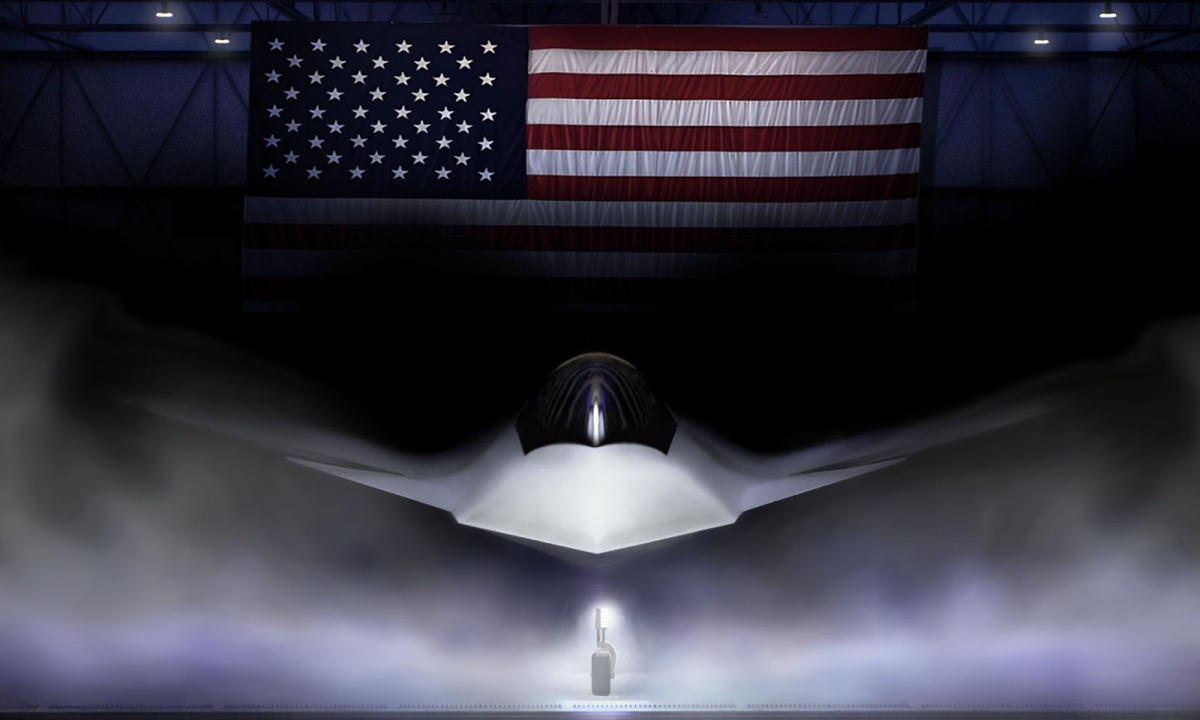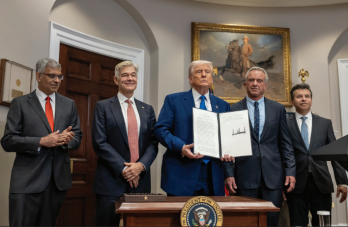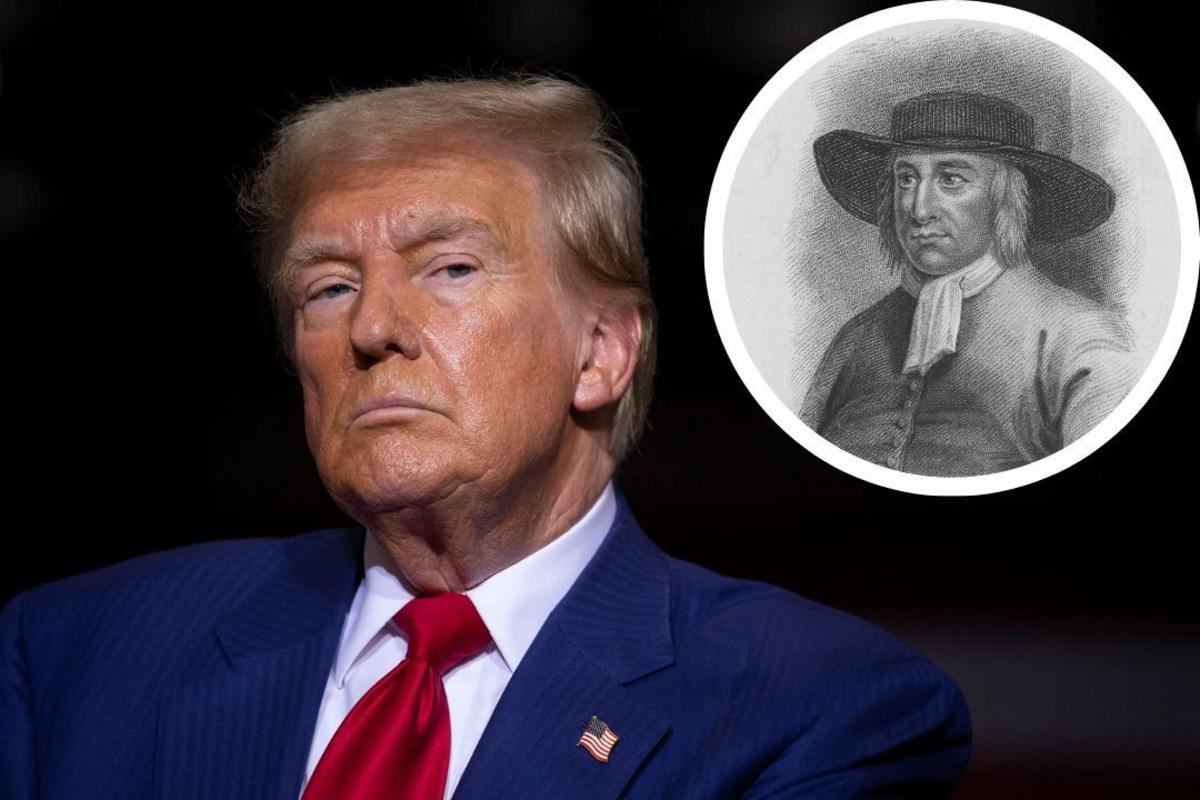The Air Force is currently developing the next generation of its fighter jet arsenal: the Boeing F-47. It will be one of the most versatile weapons against foreign adversaries, and is likely to serve a minimum of 20–30 years. In a time where international conflicts seem perpetually over the horizon, every tool the Pentagon can put forward is needed.
Expected to start service somewhere between 2025–2029, the F-47 is designed to improve on previous jets in almost every way. Its operation range and stealth will both improve, meaning that it will be more capable of entering foreign airspace undetected. Additionally, it will be able to control large swarms of unmanned drones, giving it a monumental advantage in the field of Beyond Visual Range fighting.
The most important change, however, is the cost. The current 5th-generation jet that the F-47 is designed to replace is the F-22; a plane plagued with logistical problems during its development (though still recognized as the most advanced of the time). The cost for each F-22 comes out to around $191 million, when adjusted for inflation, and an additional cost of nearly $85,000 for each hour it spends flying. For this reason, only 195 of these planes were ever built, compared to 4,600 of the more well-known F-16. The current operational cost of the F-47 is classified, though according to an official statement on the Air Force website, “Compared to the F-22, the F-47 will cost less … and will take significantly less manpower and infrastructure to deploy.”
A change that is likely to be made even sooner than the F-47 is upgrading the existing U.S. fleet of aging 5th-generation F-35s, meant for special operations, and F-22s, meant for winning fights. On March 15, 2025, President Trump announced his administration’s plans to refit the aforementioned jets with more modern technology—standard practice in Air Force history. They would be called the F-55 and F-22 Super respectively, officially known as 5.5-generation fighters.
While the F-22 Super would be a fairly standard modernization, Trump’s plans for the F-55 were significantly more radical. The F-35 is well known for its single-engine design, something that notably reduces its weight and fuel intake. On the other hand, the F-55 design proposed by Trump would be “with two engines, because an F-35 has a single engine. I don’t like single engines.” According to Defense One, however, “such a modification would require a comprehensive redesign of the airframe, essentially resulting in a new airplane.”
Though the Navy also has a 6th-generation fighter program, it has been forced to take a backseat in recent months as Trump’s funding and interest has flowed to the F-47, F-55, and F-22 Super. While all of these jets are equally vital to the integrity of national defense, only time will tell which, if any, get the funding and attention they need.
This article also appears in our September 2025 print edition.




















